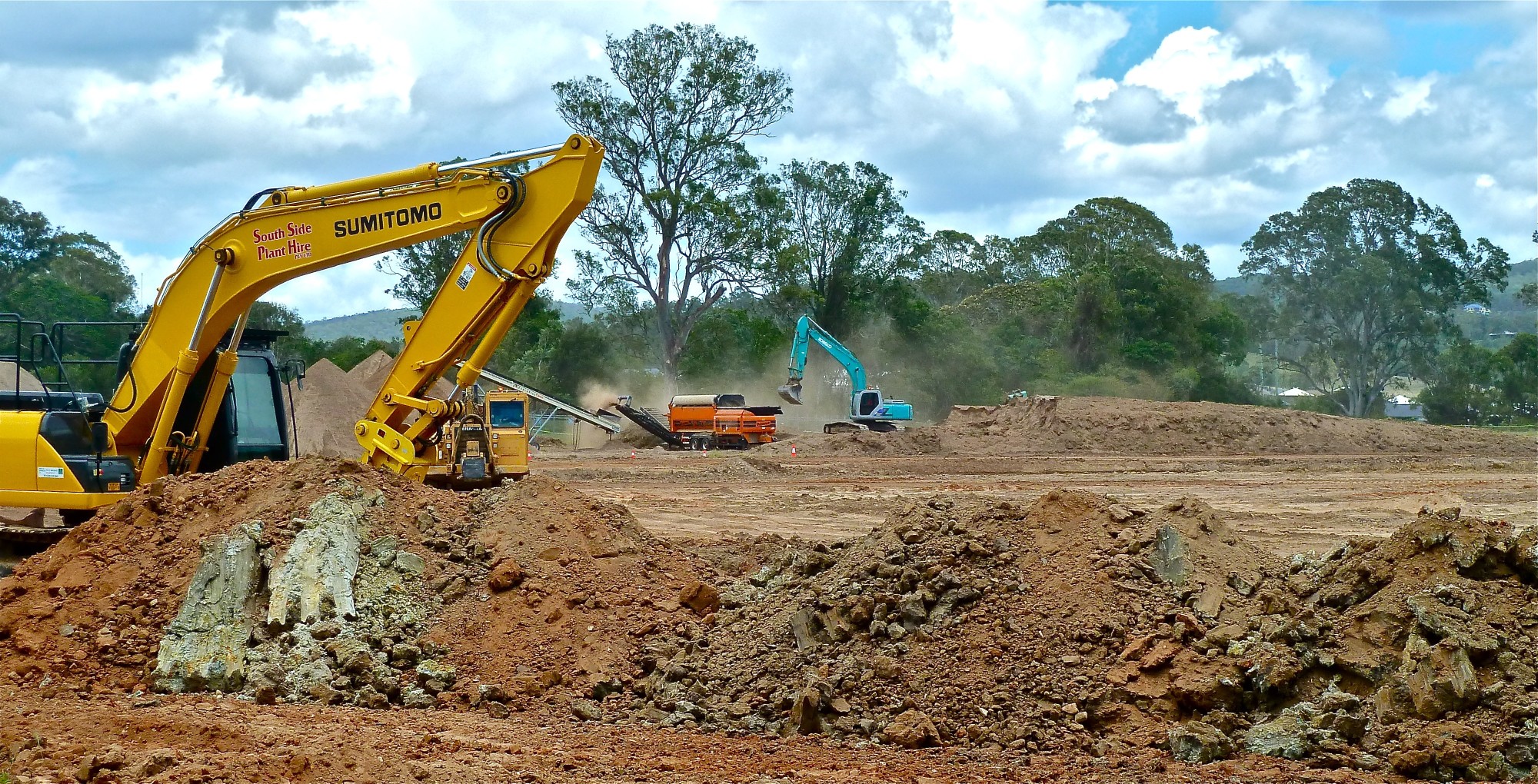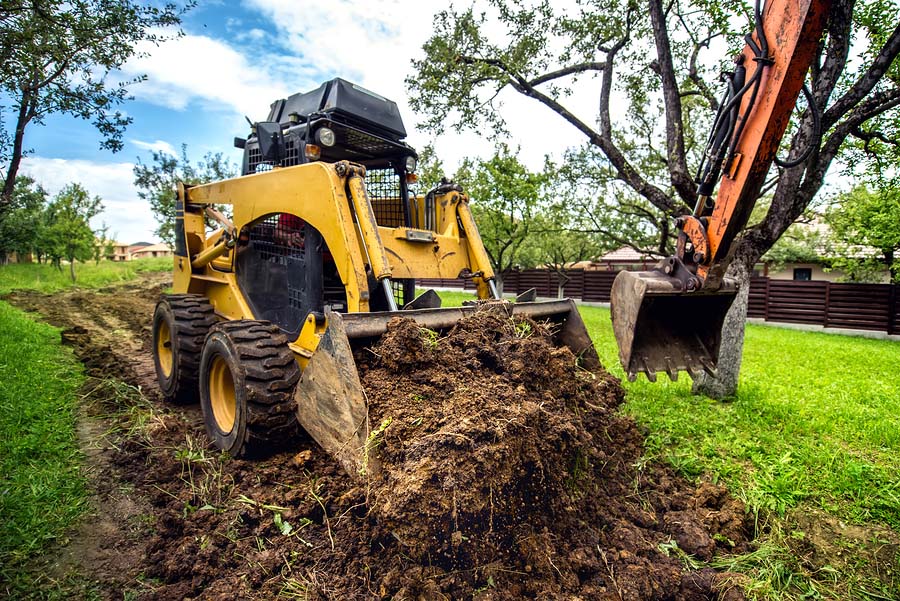Professional Demolition Contractor Solutions: Your Secret to Successful Demolition Jobs
Professional Demolition Contractor Solutions: Your Secret to Successful Demolition Jobs
Blog Article
Sustainable Land Clearing Practices for a Greener Environment
In the world of ecological preservation, the method of lasting land clearing stands as a critical factor of discussion. The complex dancing in between progress and sustainability in land clearing methods unveils a realm of possibilities that beckon for exploration and implementation.
Relevance of Lasting Land Clearing Up
The value of implementing lasting land clearing methods depends on the conservation of environments and the upkeep of environmental honesty. When land is removed unsustainably, it can result in irreparable damage to the setting, causing soil erosion, loss of biodiversity, and disturbance of all-natural environments. By taking on sustainable methods such as careful cleaning, reforestation, and erosion control measures, we can lessen these unfavorable impacts and ensure the long-term health of our environments.

Additionally, lasting land cleaning practices advertise liable land monitoring and support the incomes of local communities. By ensuring that land is gotten rid of in such a way that is eco-friendly and socially liable, we can create a much more sustainable future for all.
Eco-Friendly Cleaning Strategies

An additional effective method is using controlled burns. By very carefully preparing and carrying out prescribed burns, land managers can remove plants in a regulated way, lowering the risk of wildfires and advertising the growth of fire-adapted plant species. Managed burns also aid recycle nutrients back right into the dirt, promoting brand-new development and maintaining ecological community wellness.
Additionally, using mechanical tools with reduced ground stress, such as tracked automobiles or specialized forestry mulchers, can minimize soil compaction and damage to underlying greenery. These makers are created to run with accuracy, uniquely removing unwanted plant life while protecting the bordering atmosphere. By incorporating these environment-friendly clearing up strategies, land clearing operations can support biodiversity, save all-natural sources, and contribute to a greener, more sustainable future.
Biodiversity Conservation Approaches
Integrating environment-friendly land clearing up techniques not only reduces ecological influence yet also plays a critical duty in cultivating biodiversity conservation methods. When removing land, it is imperative to consider the effect on regional vegetation and fauna. One effective technique for biodiversity conservation during land cleaning is the application of discerning clearing up techniques.

Sustainable Equipment and Devices
To reduce environmental effect and enhance performance in land clearing techniques, using lasting equipment and equipment is extremely important. Lasting machinery and tools refer to tools specifically designed to lower discharges, minimize dirt compaction, and reduced fuel usage throughout land clearing up activities. Implementing innovations such as low-emission engines, hybrid systems, and precision equipment can significantly lower the carbon footprint connected with land cleaning operations.
One example of sustainable machinery is the use of mulchers or chippers that Learn More Here can process greenery on-site, minimizing the requirement for burning or carrying away particles - Legendary Demolition Seattle. Additionally, employing tools with general practitioner modern technology can assist in specific preparation and implementation of land cleaning jobs, decreasing unneeded disruption to bordering ecosystems
Normal upkeep and proper equipment sizing are also crucial elements of lasting land clearing practices. Making certain that machinery is his explanation well-maintained not only lengthens its life-span but also enhances its efficiency, leading to much more ecologically friendly and effective land clearing procedures. By prioritizing the use of sustainable equipment and tools, land clearing activities can be executed with very little effect on the atmosphere, cultivating a greener and even more sustainable future.
Neighborhood Involvement and Education
Involving the regional community and offering educational sources are essential components of promoting lasting land cleaning practices. Area involvement fosters a feeling of shared obligation and ownership over land management choices, causing even more lasting results. By involving area participants in the planning procedure, their expertise and point of views can be incorporated, causing options that are culturally delicate and eco audio.
Educational resources play an essential duty in empowering individuals with the expertise and skills needed to embrace lasting land clearing techniques. Workshops, training sessions, and informational products can help neighborhood members recognize the value of biodiversity conservation, dirt health and wellness, and water high quality in the context of land clearing tasks. By increasing understanding about the possible environmental effects of inappropriate land clearing up techniques, academic efforts can drive habits change and motivate the fostering of even more sustainable alternatives.
Eventually, neighborhood involvement and education and learning create a structure for lasting environmental stewardship, making sure that land clearing up tasks are carried out in a fashion that preserves environments and promotes the well-being of both people and the world.
Verdict
In conclusion, lasting land clearing up practices are necessary for advertising and preserving the setting biodiversity. By utilizing environment-friendly strategies, conserving biodiversity, using sustainable machinery, and engaging with neighborhoods, we can ensure that land clearing activities have minimal negative influence on the ecological community. It is vital that we prioritize lasting methods to safeguard our environment for future generations.
By including these green clearing strategies, land cleaning operations can sustain biodiversity, save natural sources, and contribute to a greener, more lasting more tips here future.
One effective approach for biodiversity conservation during land clearing up is the execution of selective clearing up practices. By prioritizing the usage of sustainable equipment and devices, land cleaning tasks can be lugged out with marginal influence on the environment, fostering a greener and even more lasting future.
In conclusion, sustainable land clearing methods are vital for maintaining the setting and promoting biodiversity. By making use of environment-friendly methods, conserving biodiversity, using lasting machinery, and involving with neighborhoods, we can make certain that land clearing tasks have marginal unfavorable effect on the ecosystem.
Report this page